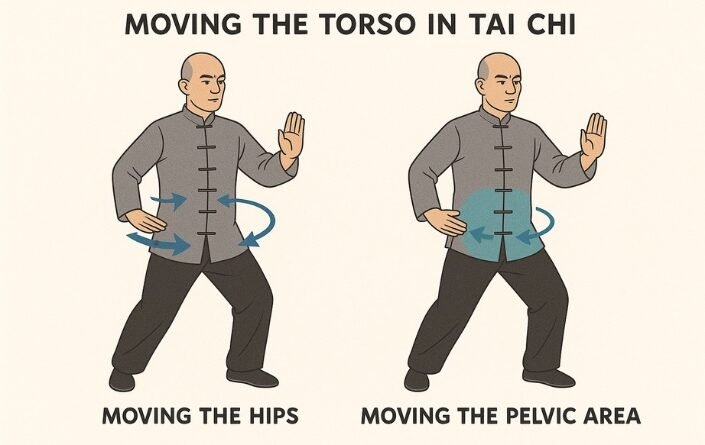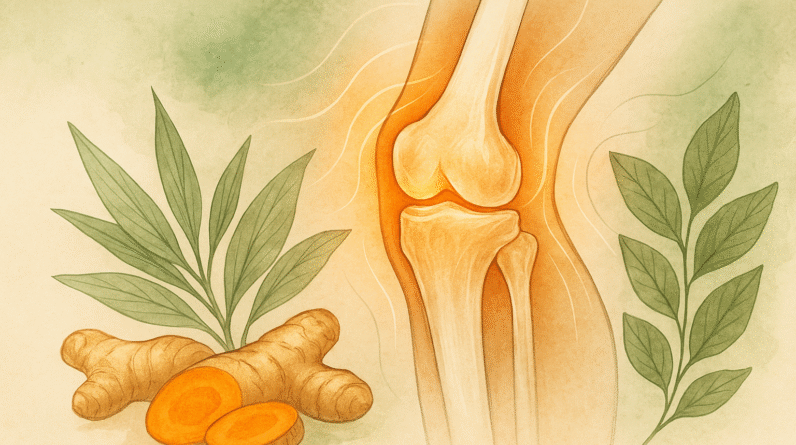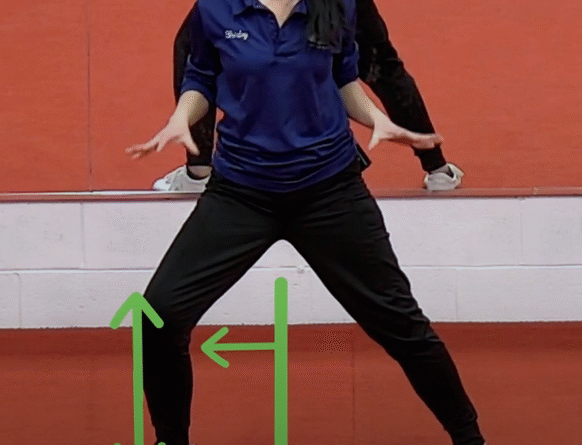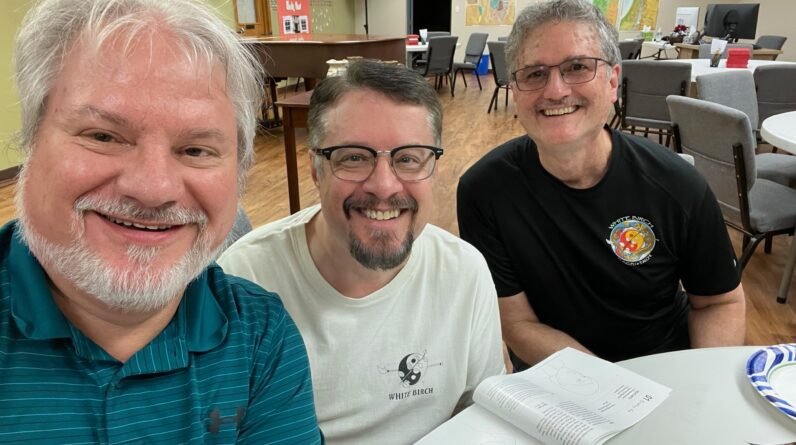
One of the most subtle — and transformative — aspects of Tai Chi practice is learning how to move from your center. But when teachers say, “Turn from the hips” or “Sink into the kua,” what exactly does that mean? And how is it different from moving your pelvic area?
Understanding the difference between hip movement and pelvic movement can help you deepen your form, strengthen your root, and awaken the flow of internal energy (qi). Let’s break it down…
💡 Hip Movement: External Rotation
In casual instruction, “moving the hips” often refers to rotating the upper part of the pelvis or swinging the waist side-to-side. This kind of movement might look like:
-
Twisting the torso at the waist
-
Swinging the upper body
-
Using momentum to move the arms
While this type of motion is useful in some martial arts or sports, in Tai Chi, it can lead to disconnection between upper and lower body — the arms move, but the root is lost.
🔥 Pelvic Movement: Internal Integration
On the other hand, moving the pelvic area means initiating from the lower dantian — the deep center of gravity located just below the navel. This movement comes from:
-
Gently tucking or releasing the tailbone
-
Sinking into the kua (the hip crease)
-
Activating the pelvic bowl and sacral area without exaggeration
-
Generating force through whole-body spiraling, not segmental twisting
This pelvic-centered motion is subtle but powerful, because it connects the upper and lower body through a stable axis and a relaxed, rooted posture.
🔄 A Visual Comparison


In this side-by-side illustration:
-
On the left, hip movement is shown as external rotation and waist turning.
-
On the right, the focus shifts to internal pelvic alignment and dantian-led movement.
Notice how the second posture appears more grounded and internally integrated.
🌿 Why This Matters in Tai Chi
When you move from the pelvic area, every gesture originates from your center. That means:
-
Movements become smoother and more fluid
-
Power is transmitted efficiently from the ground up
-
Qi can circulate freely through the body’s meridian system
-
Your postures feel alive, not mechanical
This is the essence of internal martial arts: strength without strain, movement without tension.
🧘♂️ Practice Tip
Try this standing drill:
-
Stand in a neutral Wuji stance.
-
Rotate your torso using just your waist. Notice the sensation.
-
Now reset. Imagine initiating movement from your pelvic bowl — gently tip your sacrum, then let your torso follow.
-
Feel the difference: one is disconnected, the other integrated and alive.
🌬️ Final Thought
True Tai Chi isn’t about how big your movements are — it’s about where they begin. Learning to move from your pelvic area rather than just swinging your hips can be a game-changer for your form, balance, and energy flow.
Stay centered. Stay rooted. Let the movement rise from within.







1 Comment
Comments are closed.